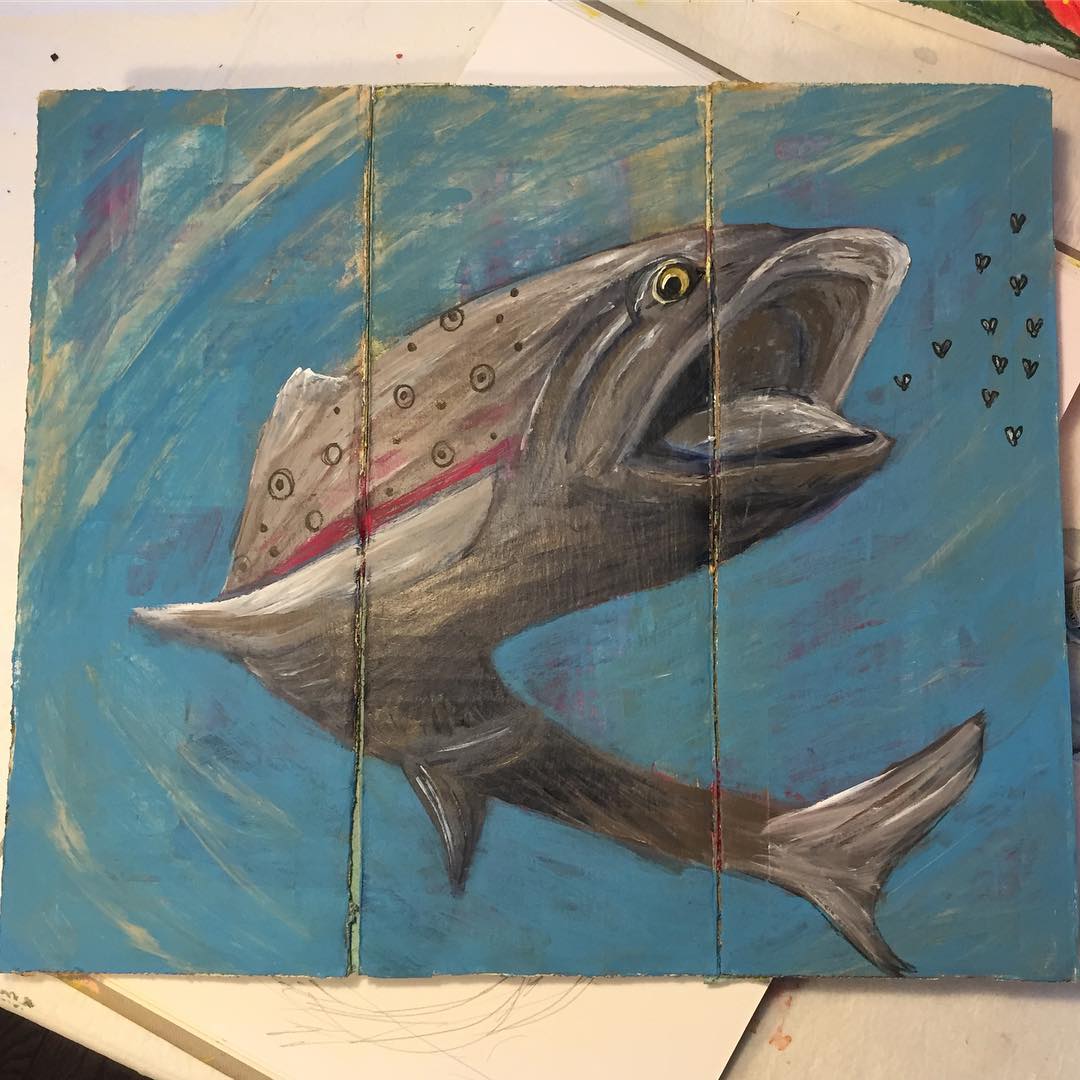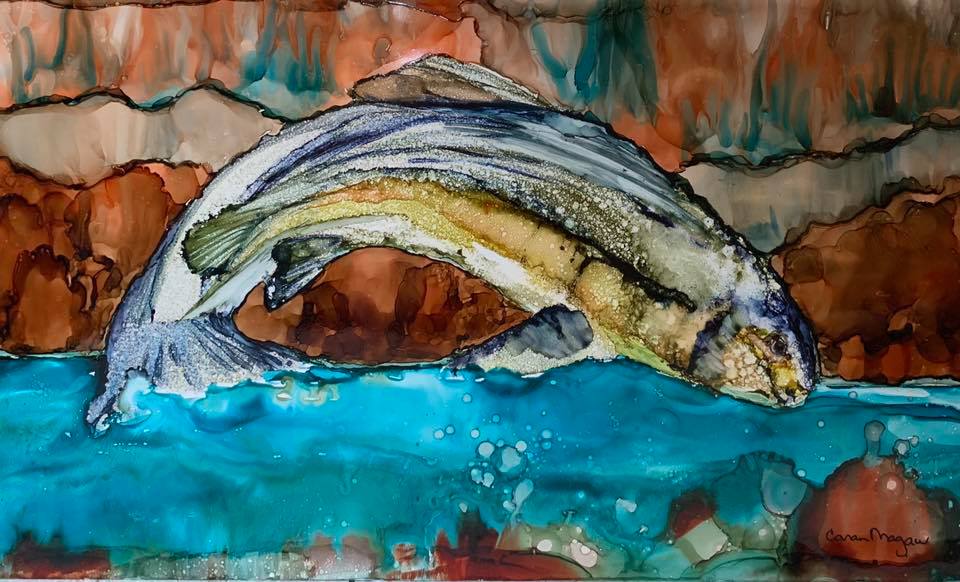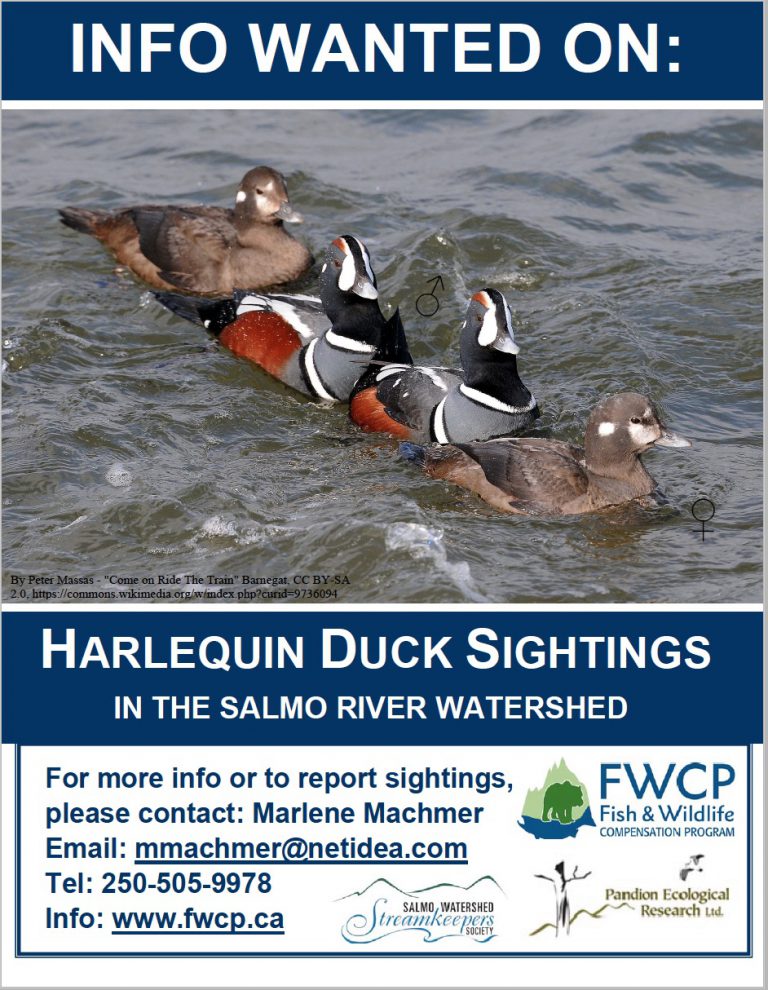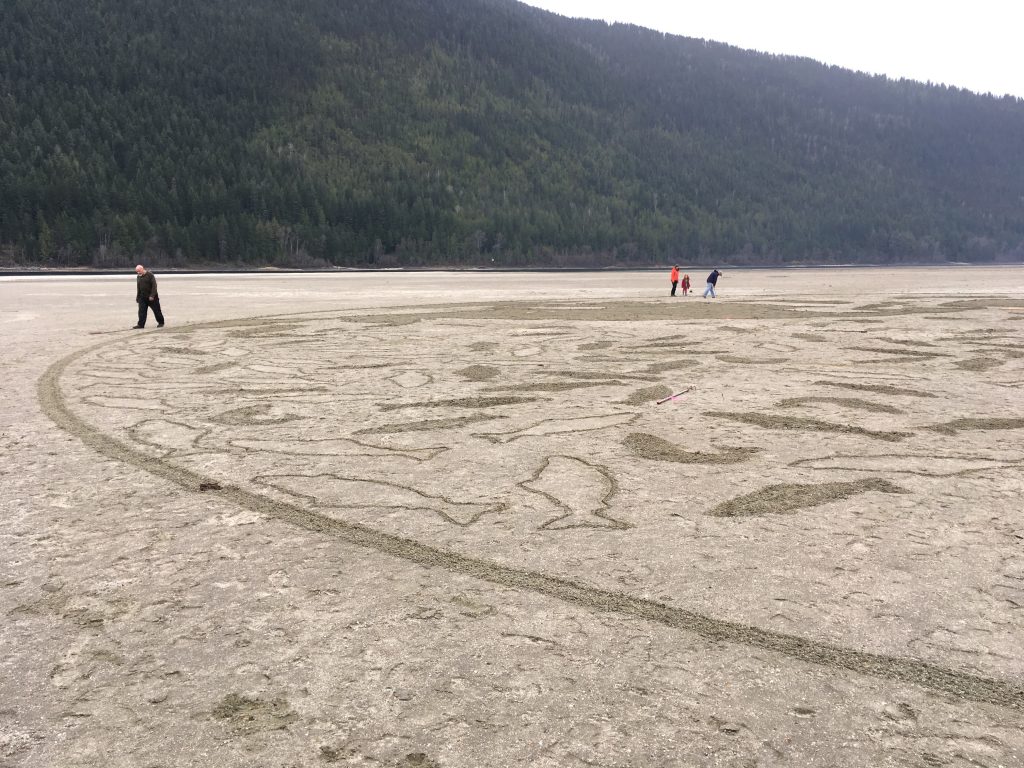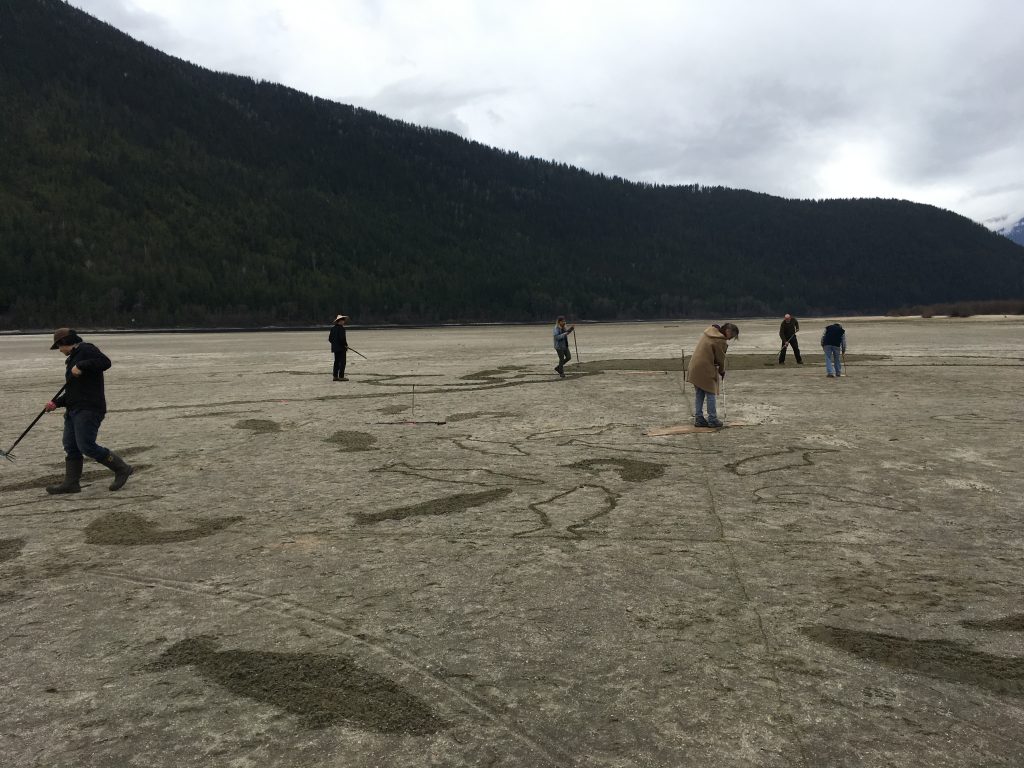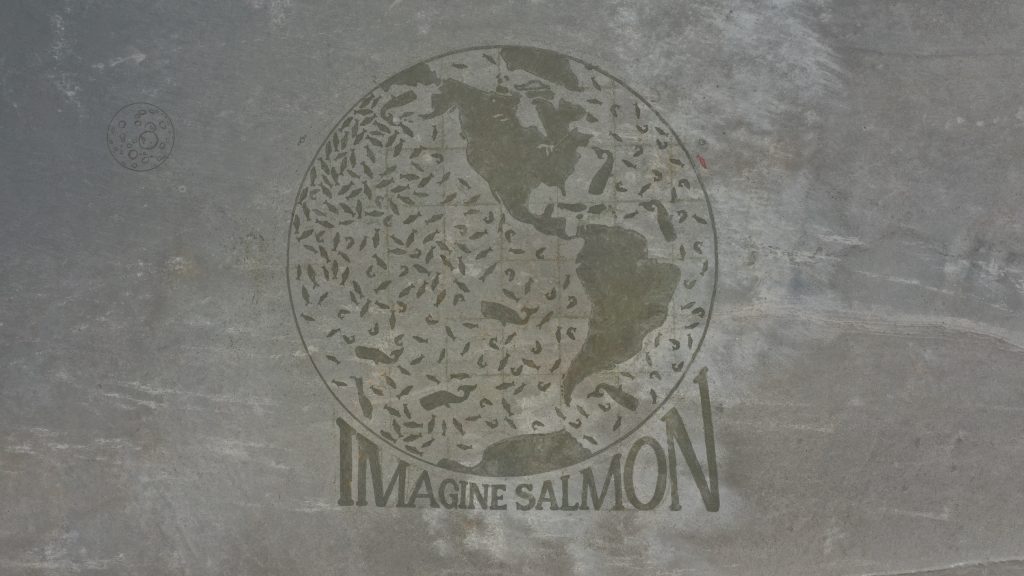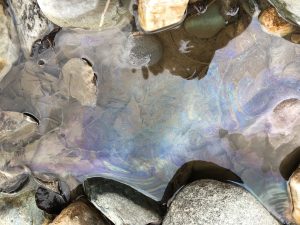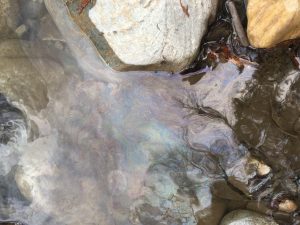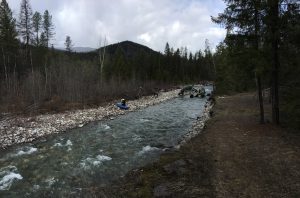Fri March 29th
Open Letter Re: The South Salmo River Petroleum spill.
It’s been approximately 32 hours since an extreme human and Environmental tragedy has occurred involving the driver of a double tanker truck, Highway 3 – the “Kootenay Pass” the South Salmo/Salmo River and downstream water bodies.
This is an emotional story, one that first of all needs to acknowledge our sincere sympathy for the family, friends and colleagues of the truck driver that lost his life in an accident that ended up placing the double tanker truck in the South Salmo River.
It’s also an extreme Environmental disaster. Although we have not been made aware of any clear figures detailing the extent of the spill, it is clear that this is serious. Perhaps the most serious spill of its kind in the West Kootenay…beyond? In the Salmo River Watershed it is likely the single most direct dumping – in this case accidental – of aggressive pollutants into our system since eleven operating Stamp Mills used the Salmo River, with impunity, to rid themselves of their toxins.
The Environmental consequence of the spill will likely have ongoing impacts for years, how many years will be a consequence of how we – humans – treat this disaster. Will we try to let it go, fade away, do nothing? Certainly this is a typical strategy of other Environmental disasters that are unfolding here and beyond. The Forest Sector disaster, mine tailings restoration, the emerging pipelines disaster, air, soil and water quality disasters that are all happening, again with impunity.
After over two decades of study in the Salmo River Watershed, Streamkeepers knows that we need restoration in this River system. We have chosen to use two simple strategies for our Aquatic Ecosystem Community. Common strategies to all life. Provide a home… and food.
The spill will likely have disastrous effects on every variable contributing to food production in the system – the ability of nutrients to respond naturally – to feed periphyton or mosses that feed invertebrates (aquatic bugs) that are the prey species for the Rainbow Trout and Bull Trout that are rearing and overwintering downstream of the spill.
Clearly extensive ‘home renovations’ will have to occur to mitigate the impacts of this disaster as well.
Streamkeepers realize that the Environment is quickly becoming recognized as the central over-arching social justice issue on the Planet.
We also recognize that those that benefit from the Environment should support a stable approach to restore it. This also applies to those that impact the Environment.
Traditionally sectoral interests of the economy, Community and the Environment have been separated. Thinking today realizes that sectoral separation is a major disadvantage, we all need to work together to make the Place Where We Live better.
Streamkeepers has lead, or been part of studies in the South Salmo River and Downstream for decades. In this tragedy, our insights, expertise have not been consulted or responded to. Re: this spill and the other emerging environmental disasters in this Watershed and beyond it’s time for the exclusion tactic– whatever the reason – of those involved in response to these events – to end.

